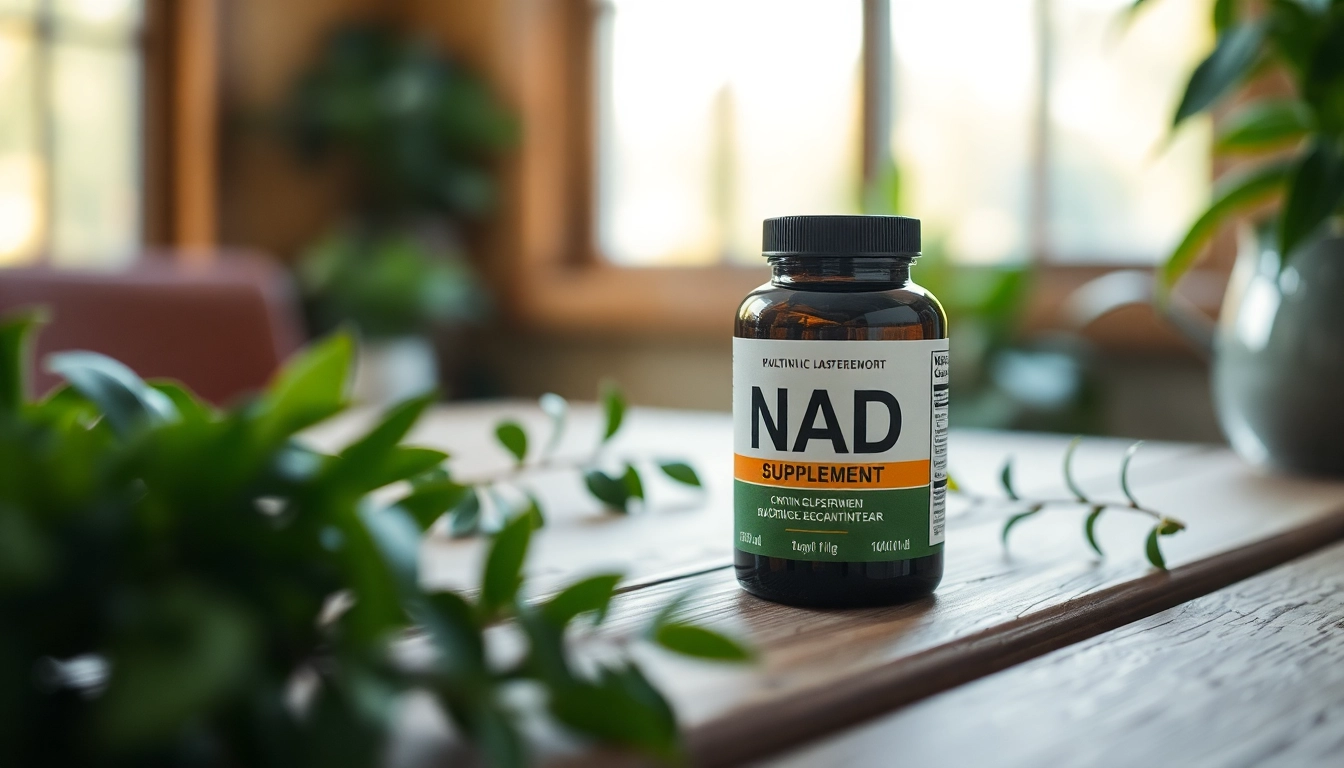What is an Intravenous Drip?
Definition and Overview of Intravenous Drip
An intravenous drip is a medical procedure utilized to deliver fluids, medicines, and nutrients directly into a patient’s bloodstream. This method allows for quick absorption of essential substances, bypassing the digestive system, which is particularly beneficial for patients who cannot take medications or fluids orally. By administering treatments in this manner, healthcare providers can achieve more fast-acting results and manage various medical conditions effectively.
How Intravenous Drip Works in the Body
The mechanism behind an intravenous drip involves the insertion of a thin tube, or catheter, into a vein, usually located in the arm or hand. Once the catheter is positioned correctly, fluids flow through it and enter the bloodstream. This method offers precise control over the quantity and rate of fluid delivery, enabling healthcare professionals to tailor treatments to individual patient needs. The content delivered may include saline solutions, electrolytes, medications, and nutrients, depending on the clinical requirements.
Components of an Intravenous Drip Setup
A standard intravenous drip setup consists of several key components:
- IV Bag: This is a sterile bag containing the fluid or solution to be administered, which can be anything from saline to vitamin-rich solutions.
- IV Tubing: This connects the IV bag to the catheter and allows the fluid to flow from the bag into the patient’s bloodstream.
- Catheter: A small, flexible tube inserted into the vein to facilitate the direct delivery of fluids.
- Drip Chamber: A part of the IV tubing that allows healthcare providers to monitor the flow rate of the fluids.
- Flow Regulator: This helps control the rate at which fluid is delivered, which is crucial for ensuring safe administration.
Advantages of Intravenous Drip Therapy
Efficient Delivery of Nutrients and Medications
One of the primary advantages of intravenous drip therapy is its efficiency in delivering nutrients and medications directly into the bloodstream. This method ensures rapid onset of action, making it particularly crucial in emergencies where patients need immediate treatment. For instance, administering antibiotics intravenously can quickly combat severe infections that oral medications might not address sufficiently in a timely manner.
Rapid Hydration Benefits
Hydration is vital for optimal physiological function, yet many patients, especially those suffering from illnesses that induce vomiting or diarrhea, can struggle to maintain adequate fluid intake. An intravenous drip allows for rapid hydration, restoring fluid balance quickly and efficiently. The hydration administered via IV can also enhance the effectiveness of other treatments by ensuring that the body remains in a stable state, thereby facilitating recovery processes.
Customized Nutritional Solutions with Intravenous Drip
Intravenous drips can be customized to meet specific nutritional needs. Healthcare providers can tailor the components of the intravenous solution based on individual patient requirements, which is particularly beneficial for those with malabsorption issues, chronic illnesses, or undergoing treatments like chemotherapy. Custom formulations may include vitamins, minerals, amino acids, and other vital nutrients customized for the patient’s condition, thus enhancing recovery and overall health.
Common Uses for Intravenous Drip
Use in Medical Treatment Scenarios
Intravenous drip therapy serves numerous medical scenarios, including:
- Postoperative Care: After surgery, patients often require intravenous drips to replenish lost fluids and provide necessary medications to manage pain and prevent infections.
- Chronic Illness Management: In patients with conditions such as diabetes or cancer, IV drips can deliver essential medications that would otherwise be ineffective or absorbed too slowly if taken orally.
- Electrolyte Imbalance: Patients suffering from electrolyte imbalances, often from intense physical exertion, illness, or dehydration, can benefit from tailored IV solutions that restore balance swiftly.
Incorporation in Wellness and Recovery
Outside of emergency and critical care scenarios, intravenous drip is becoming increasingly popular in wellness settings, particularly for recovery after intense physical exertion, surgery, or illness. IV therapy centers often offer personalized infusion therapies to restore energy levels, enhance recovery, and support overall well-being. For instance, athletes may utilize IV drips loaded with electrolytes and vitamins to expedite recovery post-competition and support peak performance levels.
Intravenous Drip for Athletic Performance
For athletes, intravenous drips are often tailored to enhance performance and recovery. Infusions containing electrolytes can replenish essential minerals lost during strenuous activity, while those rich in vitamins may help alleviate fatigue and improve overall physical resilience. Many professional athletes have turned to this method to ensure that their bodies recover optimally, particularly during intensive training schedules, competitions, and events.
Risks and Considerations of Intravenous Drip
Potential Side Effects and Complications
While intravenous drip therapy is generally safe, it is not without potential risks. Users may experience concerns such as:
- Infection: The insertion site can become infected if proper sterile techniques are not followed.
- Phlebitis: This is inflammation of the veins, which can occur from constant irritation due to the catheter.
- Fluid Overload: Administering too much fluid too quickly can lead to complications such as swelling (edema) and heart strain.
Patients should always discuss their specific risks with healthcare providers before undergoing intravenous drip therapy, particularly if they have pre-existing conditions that could be affected.
Best Practices for Safe Administration
To minimize risks associated with intravenous drips, healthcare providers follow specific best practices:
- Use Sterile Technique: Ensuring cleanliness during catheter insertion and maintenance is crucial to prevent infections.
- Regular Monitoring: Continuously checking the patient’s response to therapy and reviewing fluid balance can help prevent complications.
- Proper Training: Only trained healthcare professionals should perform intravenous therapy to ensure safe and effective administration.
Who Should Avoid Intravenous Drip Therapy?
Certain patients may be advised against intravenous drip therapy due to particular medical conditions. Individuals with severe allergic reactions to IV solutions, those with phlebitis, or patients with fluid overload issues may need alternative treatment options. Additionally, patients who are prone to blood clots or have been diagnosed with specific cardiovascular conditions should consult their healthcare provider to discuss the risks versus benefits of intravenous drip therapy.
Future Trends in Intravenous Drip Therapy
Innovations in IV Fluids and Nutrients
The landscape for intravenous drip therapy is evolving with ongoing research and innovations in the types of fluids and nutrients used. Current trends include the development of personalized IV solutions that address not just hydration needs but also specific vitamin and mineral deficiencies based on genetic profiles and health histories. This allows for an even more tailored approach to therapy, enhancing patient outcomes.
The Rise of At-Home Intravenous Drip
With advances in mobile healthcare services, at-home intravenous drip therapy has gained popularity. Patients can now receive their infusions in the comfort of their own homes, which increases convenience and adherence to treatment protocols. This trend is particularly beneficial for those with chronic conditions who require continuous monitoring and treatment in a less clinical, more comfortable environment.
Regulatory Changes and Patient Accessibility
As IV therapy continues to gain recognition in both traditional and wellness settings, regulatory changes may promote better accessibility for patients. Ensuring that intravenous therapy can be safely provided in diverse healthcare settings is vital for integrating it into standard treatment protocols. Increased awareness and acceptance of intravenous drip therapy are likely to lead to enhanced training for providers, ensuring safe and effective administration across various platforms.



